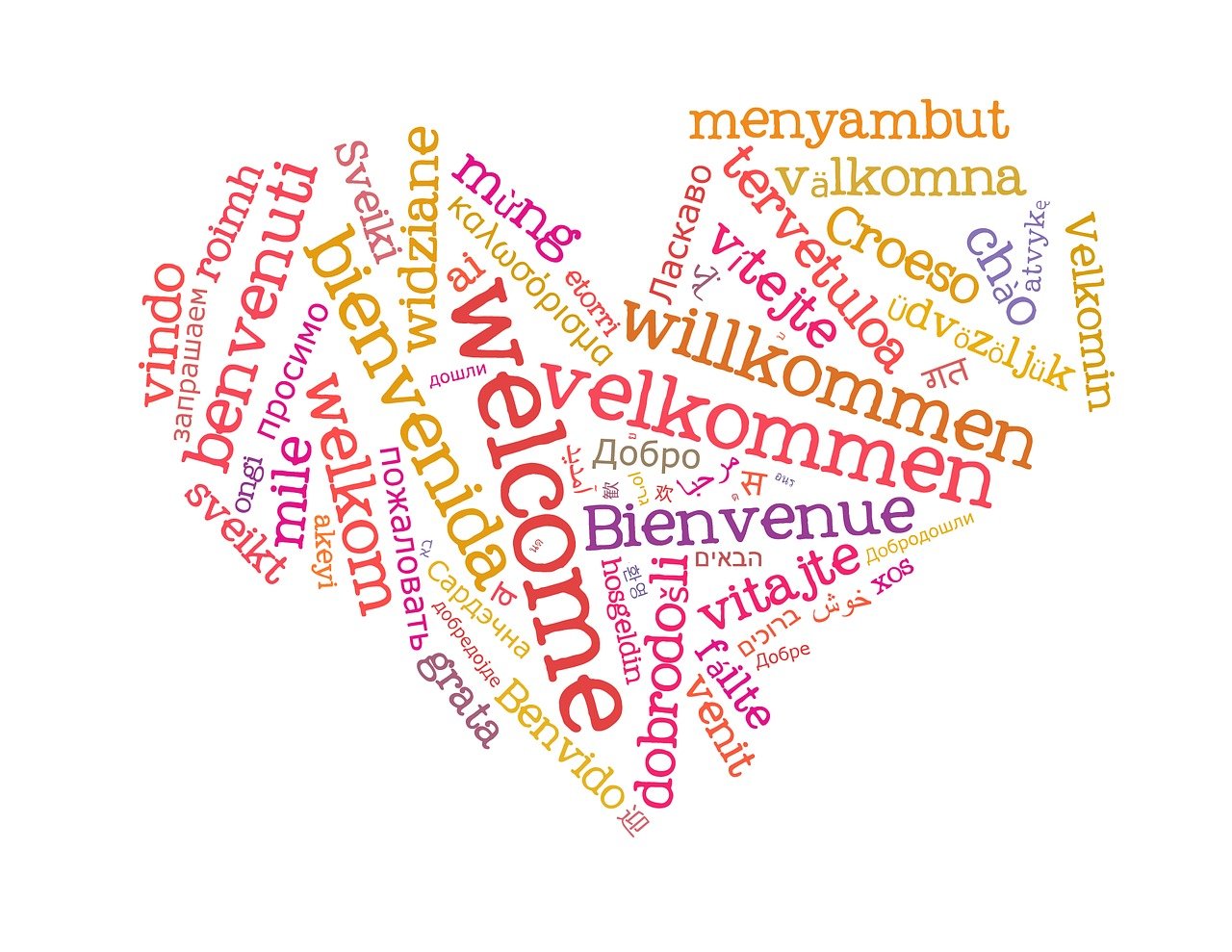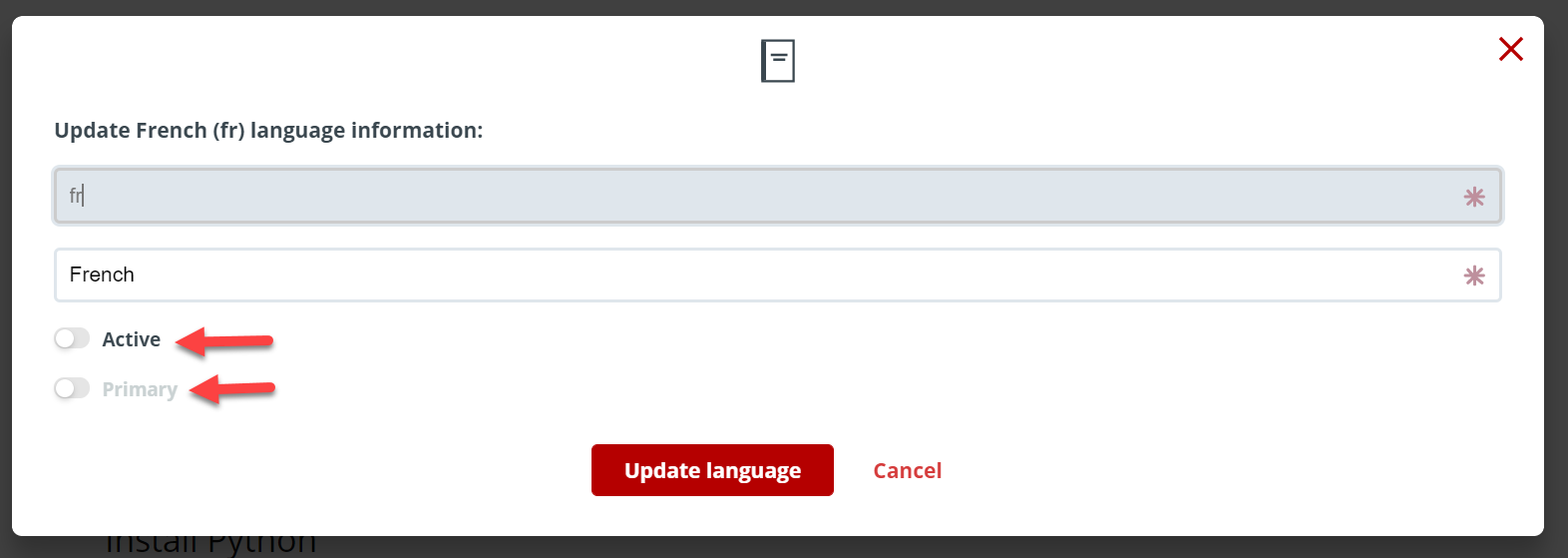When you think about 2024, you probably think of the digital world, because nearly every business nowadays has an online presence through which it advertises itself. But I'm sure you've come across a website or platform that you couldn't grasp as a result of an online search. All you had to do was go to an online machine translation and translate the website's text into your native tongue... Of course, you probably exited (bounced) the website in the end.
Because we live in such a digitalized world, increasing your brand's online traffic and traction is inextricably related to translating your content into another language and making it speak to everyone's wants and requirements. Content translation is a simple way to accomplish this.
There are many benefits of translation product documentations, here I wanted to highlight a few of them:
When you think about 2022, you probably think of the digital world, because nearly every business nowadays has an online presence through which it advertises itself. But I'm sure you've come across a website or platform that you couldn't grasp as a result of an online search. All you had to do was go to an online machine translation and translate the website's text into your native tongue... Of course, you probably exited (bounced) the website in the end.
Forbes makes a good point based on a study in 2020 by Statista Data that between 68% and 97% of people abandon their cards and do not go through with a purchase. Forbes states, in their blog, that they surmise that the only customers that “check out” and purchase the products is due to them having the ability to read these product information/documentation in their languages, and pay with their currencies. “In my experience, customers often “click out” or continue at checkout based on whether the information on the product is available in their language, whether they can pay in their currency and whether their preferred payment method and shipping methods are available.”
Due to the fact that we live in such a digitalized world, increasing your brand's online traffic and traction is inextricably related to translating your content into another language and making it speak to everyone's wants and requirements. Content translation is a simple way to accomplish this.
Now lets go through the list of benefits of translating product documentation:
Selecting the proper translation strategy so that you may expand the market for your translation
Of course, online translation tools is your first choice when it comes to getting your translation done fast and simply, but why compromise on quality when you can have it all?
It needs a better grasp of the myriad of cultural subtleties and layers to get your point across when translating into a new language. When dealing with exceptionally high-level accuracy translations into Asian languages, such as Chinese, one pertinent example of ‘how not to' translate into a new language is when dealing with China is renowned as one of the world's most antient cultures, based on profound Confucian teachings on the body and soul.
Choosing a translation technology and translation marketplace provider who can add a deeper understanding of these cultural undertones to the linguistic aspect will not only improve the translation of your message into a foreign language, but will also help your brand gain traction by making it resonate with the target audience's cultural framework and identity.
Having your product documentation translated into a foreign language can enhance customer trust and increase the revenue of products.
People all across the globe prefer to consume information in their native tongue. Meeting this expectation at times can be a legal obligation and also provides an ‘open door’ police to all nations to partake in learning from product documentation, user guides, and overall knowledge portals that companies have online.
Translating your material into a foreign language may provide consumers with a pleasant multilingual experience, increasing consumer trust in your business and, as a result, increasing revenue, as online users are more inclined to buy when accessing information in their own language.
Users visiting on your sites and reading your content will experience a sense of familiarity and resonate with your brand, giving your business a consistent competitive edge and driving it ahead of the competition in order to enter numerous markets.
Improving your documentation portals by translating them into a foreign language boosts SEO/SEM reach to other countries.
In today's digital world, Search Engine Marketing and Optimization is a major struggle, especially when it comes to the requirement for content to penetrate target markets and reach the intended audience.
Effective multilingual SEO/SEM strategies can be accommodated by translating your product documentation and other content into various language combinations, the more popular and high-ranking the better, multiplying your chances of achieving higher rankings and better search results, which in turn generates more exposure for your brand. Having product documentation that is translated into various languages offers your company with a cutting edge of targeting countries that do not have access to similar physical or SaaS products but require a translated version of product documentation to learn and use such products.
The addition of a second (or more) language to a website's content can result in a considerable boost in traffic.
If you read Wall Street Journal, you may have come across Neil Patel, he is considered as one of the top 10 marketers in the world. In one of his blogs, Neil claims that his traffic grew by 47% in only three weeks after he translated the whole content of his website into 82 different languages. Check out his blog, you can find a lot of other helpful tips.
This makes total sense since the reach of the content has become completely global and reach non-English speakers of the world. Based on a graph I found on Languagenobar English speakers only hold 26.8% of the entire world population. This means that if a company can translate their product documentation into Mandarin, Hindi/Urdu, Arabic, Portuguese, Russian, Japanese and Punjabi that they will increase their reach by 58.4%. Which means they will reach over 4.3 billion potential customers. This is huge!

So based on these facts it is no surprise that companies are earnestly seeking for translation solutions to move their products into the larger global scope and increase revenue, and customer base.
Higher conversion rates can be achieved by translating into a foreign language.
“If you talk to a man in a language he understands, that goes to his head. If you talk to him in his language, that goes to his heart” said Nelson Mandela. Nelson Mandela was a spot about this. When your product documentation in the same tongue as your readers and they can't find any other information about similar products in their tongue, of course, they will become your loyal client and be won over, vs. going to your competitors.

For companies that provide products and services in more than one nation, writing multiple well-crafted technical user guides and user manuals is essential for globalization. No wonder: companies who interact in several languages and with multiple markets already know that knowing the local language and culture of each market is critical to competing worldwide and increasing their product reach. Nothing beats a translation partner that specializes in the topic to assist them in achieving that objective. In a BBC article, Roger Bridgeman, a former curator in the London Science Museum states: “instructions are there to compensate for the inabilities of machines by employing the abilities of users, and therefore tell you something about the state of both at the time they were produced.”
It's also worth noting that technical manuals come with a wide range of items, ranging from industrial machinery to vehicles and technological devices and platforms. Because user guides and manuals are a means of communication that has a direct impact on the user's understanding of the product and, as a result, their experience with the purchased good, using the right tools to get user manuals translated should be approached as a very strategic decision within a company, as the quality of the translation is directly related to sales success and customer satisfaction.
Furthermore, mistakes in a manual translation might have dire consequences for the client or customer who uses the items; such as causing accidents when handling or using the product, putting the user's life in danger.
Regardless of the sort of communication breakdown and the potential consequence of a manual translation, one thing is certain: the firm responsible for the product's image will be tarnished. This is done by strategic steps in creating effective user manuals and guides and also translating them well.
This is a concern shared by professional translation companies,
and as a result, they are prepared to implement a series of quality control stages throughout manual translation projects to ensure that information about a given product reaches the end consumer correctly and accurately in relation to the original content, achieving its goal
Are you interested in learning more about how these businesses operate? Then lets take a look at the steps below to see what a skilled translation processes are taken in order to accomplish well translated user manual and user guides:

1. Correct interpretation
User manual translation platforms such as Docsie have a network of partners that includes the top linguists on the market. Thorough recruitment, screening, and selection procedure with linguists from all over the world are generally used to create this network. Companies such as Docsie often use the following procedures when selecting translators: translator selection and résumé analysis; a test to assess the professional's proficiency in the translation source and target languages; and an examination of consistency in following instructions and meeting deadlines. Then, these experts, who are classified by nationality, language, and specialty, are evaluated on a regular basis based on their performance and the consistency of their supplied work. Attention! When selecting a translation partner, the quality of the translators' service must be carefully considered. As a result, do not be afraid to inquire about the qualifications of the agency's linguists in great detail. Also, lets consider language translation tools such as Docsie’s Ghost translator. It is designed to translate user manuals and user guides quickly at a high effective rate. If the product manager and his team prepare user manuals for translation by simplifying the linguistics this Ghost Translator can be a very effective and user-friendly tool that works quickly to translate all documentation as well as create alternative versions for the end-user to read. We must consider this also as a viable option. We discuss more about this below.
2.Extensive revisions to the project instructions
Following the approval of the proposal, a product manager will be appointed to handle steps needed to initiate the translation of the user guides and manuals for their products. This specialist will be in charge of directing members of his team to handle user manual translations, as well as ensuring that the final file is delivered on the companies deadline. Validating the project's scope; elaborating guidelines for the professionals involved with the work; planning the translation in terms of scope, deadline; monitoring the processes, resources, and the evolution of the work; and interacting with the client to clear doubts and reports are some of the main responsibilities of a product manager.
3. Meeting the agreed-upon date for the delivery of the translated user guides and manuals
Working on the assumption that the companies have a strict deadline to create, write, translate and maintain their documentation for their end uses platforms such as Docsie offers a useful solution that minimizes risks by allowing companies to use our easy-to-use platform and help them take leaps and bounds in speeding up the process in which they translate and maintain there published user manuals. These precautionary steps include making a real-time backup of the documentation on Docsie’s secure cloud-based platform and having their teams collaborate on various user manual translation projects effectively.
Docsie has a comprehensive Ghost Translator that allows you to translate all of your documentation, knowledge portals, user guides and product docs into different languages.
Check out this video to see how its done!
Here are the steps to translate your product documentation, user manuals and user guides:
Once you are logged in, press the shelf and book you want translated, in this case I wanted to translate my "Quick install guide":

Within the opened book on the left hand side you will see two tabs. The top tab is for versions, and the second tab is for translations:


These tabs will expand and you will see pencil icons to the right of the version, and languages, as well as an “Add version +” which will allow you to add another version and an “Add language +” button which will let you add another language.
Before adding a language you may notice that English says “CURRENT” below it and French says “DRAFT” below it:

“CURRENT” lets us know that this language is set as primary.
“DRAFT” lets us know that this language is only visible within the Docsie portal and it will not be visible online.
If we click on the Pencil icon next to French we can change Draft to “active” and after updating the draft will no longer appear below the French language which means it will be present when we publish our knowledge portal:



As you can see here the French language no longer says "Draft' which means that it will now appear on the Docsie published portal.

Now to add a language to translate our documentation into is really easy. All we need to do is press “Add language+” button:

Click on the language you want (in this case I wanted to translate my user guide into Italian) :

Once that is done make sure that the "Automatically machine-translate from primary language" nob is turned on and then press update

Great now we have our product documentation translated into Italian as well. Now by default it will be set as "DRAFT" make sure that you turn it from Draft to Active the way I showed in the steps above:

Now that that is done, you can also delete any languages you don't find necessary on your translated knowledge portals. For instance if I want to delete French then I will first have to turn the language into a ‘DRAFT” by making it not active, and then press the three dots and click the garbage bin icon next to the language I want deleted.

Note; remember to checkmark ‘Yes” before pressing confirm.

And done! Now you have a translated book which you can show your customers, clients and employees online! The trasnlated documentation will appear in your published knowledge portals!
Final Thoughts
For companies looking to expand their reach and speak to a worldwide audience, high-quality and conversion-oriented Translation & Localization technologies and platforms such as Docsie are essential.
Translating your content or localising your product documentations, and related platforms, such as websites or e-commerce platforms, into a foreign language will be a critical component of your worldwide success.
All of this and more is possible thanks to the Docsie’s ghost translator and translation marketplace.
If you want to learn more about Docsie’s planform or translation marketplace please contact us at hello@doscie.io

